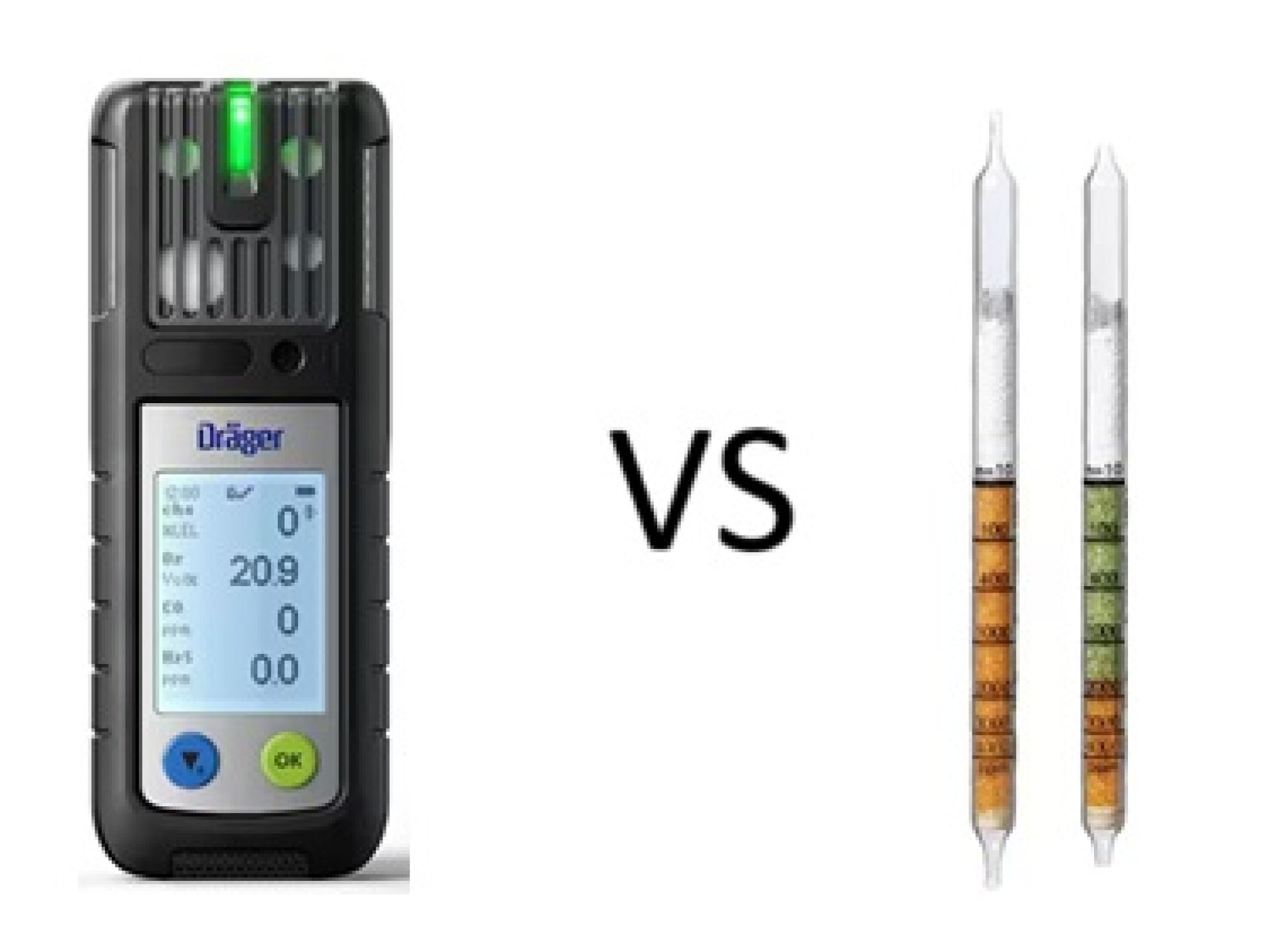Portable Gas Detectors vs. Gas Detector Tubes: Differences and Suitable Applications

Gas detection plays a crucial role in industrial safety, especially in environments where gases can be toxic or explosive. Choosing the right tool is essential to ensure safety and efficiency. This article compares portable gas detectors and gas detector tubes to help users make informed decisions.
Portable Gas Detectors
Features and Functionality
Portable gas detectors are electronic devices equipped with sensors to detect various gases, such as toxic gases (CO, H2S) or flammable gases (CH4, H2). These devices provide real-time gas concentration readings on a display and feature alarms when gas levels exceed set thresholds.
Advantages:
1. Real-time monitoring: Provides instant readings, allowing for quick responses in emergencies.
2. Multi-gas detection: Can detect multiple types of gases simultaneously.
3. Alarm systems: Equipped with sound, light, and vibration alerts for dangerous gas concentrations.
4. Suitable for hazardous areas: Ideal for industrial or mining environments with high-risk potential.
Limitations:
1. High cost: More expensive than gas detector tubes.
2. Maintenance required: Requires regular calibration and sensor replacements.
3. Power dependency: Needs battery charging or replacements.
Gas Detector Tubes
Features and Functionality
Gas detector tubes are single-use devices consisting of glass tubes filled with specific chemical reagents. When air is drawn through the tube using a manual pump, the reagent reacts with the target gas and changes color.
Advantages:
1. Cost-effective: Ideal for infrequent use.
2. No maintenance: Does not require calibration or servicing.
3. Easy to use: Does not rely on electricity or batteries.
4. Portable and lightweight: Compact and easy to carry.
Limitations:
1. Gas-specific detection: Limited to detecting the gas for which the tube is designed.
2. No continuous monitoring: Cannot provide real-time or ongoing measurements.
3. Limited accuracy: May have some degree of error.
4. Single-use: Requires a new tube for each measurement.
Choosing the Right Tool
Portable Gas Detectors are suitable for:
- High-risk environments, such as industrial plants, mines, or energy facilities.
- Continuous monitoring and emergency alerts.
- Detecting multiple gases simultaneously.
Gas Detector Tubes are suitable for:
- Occasional gas detection.
- Initial assessments in low-budget settings.
- Detecting specific gases in non-urgent scenarios.
Both portable gas detectors and gas detector tubes have unique advantages and limitations. The choice depends on factors such as usage frequency, required accuracy, budget, and the type of gas to be detected. Understanding the characteristics and constraints of each tool will help ensure the selection of the right equipment, enhancing workplace safety and efficiency.




